There is a wide range of choice available in lamination machines in the market. Priya Raju looks at the various lamination machines and how the print firms have chosen the best that suit their operation from among Steinemann, GMP, Wen Chyuan and Yii Lee
The demand for creative, high-quality and visually appealing packaging and books is steadily increasing in the market and printers are looking for affordable solutions in this field. With increased demands on finishing of a product from the print buyer, printers are investing in laminating machines to run alongside their presses to provide quality service under one roof and faster turnaround time.
Lamination is the process of using an ultra thin plastic film which can be applied to almost any paper or board and is more commonly used in gloss, silk and matt finishes. Lamination is used to increase both the perceived value and quality of a printed item and cannot be used to cover a specific area alone. There is a wide range of choice in lamination but is majorly dictated by the end use of the product.
The laminating process is majorly classified into hot and cold lamination. Further, the machines can also be classified into four categories based on the bonding agents used for lamination; wet, dry, wax and solvent free.
The market is dominated by the water-based laminating method, where a dispersion adhesive is applied to the film and partially dried before the actual laminating operation.
Today, the trend is more towards using of water-based and solvent-free glue like PUR for lamination. In this section we look at the Steinemann Lotus 102SF, solvent free PUR-based lamination machines and the alternative machines by Wen Chyuan, GMP and Yii Lee available in the market.
Steinemann Lotus 102 SF
STEINEMANN LOTUS 102SF
From that day on, we standardised our packing to prep














 See All
See All